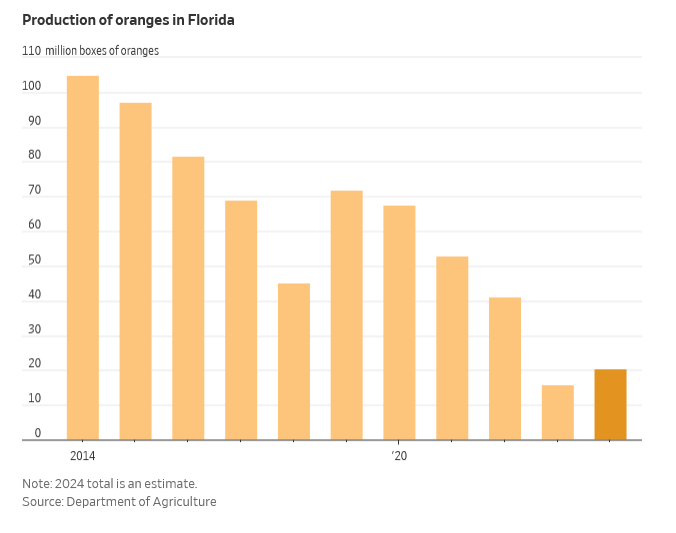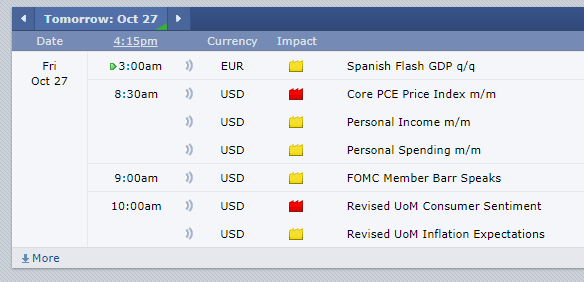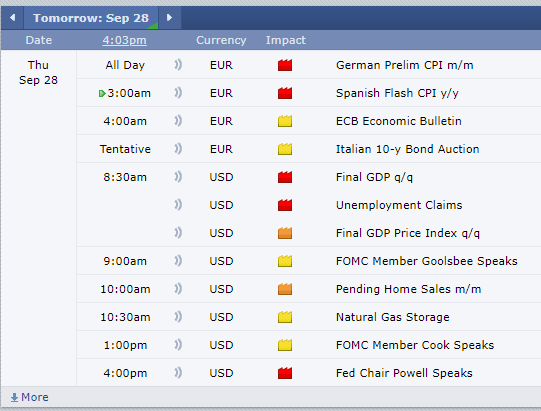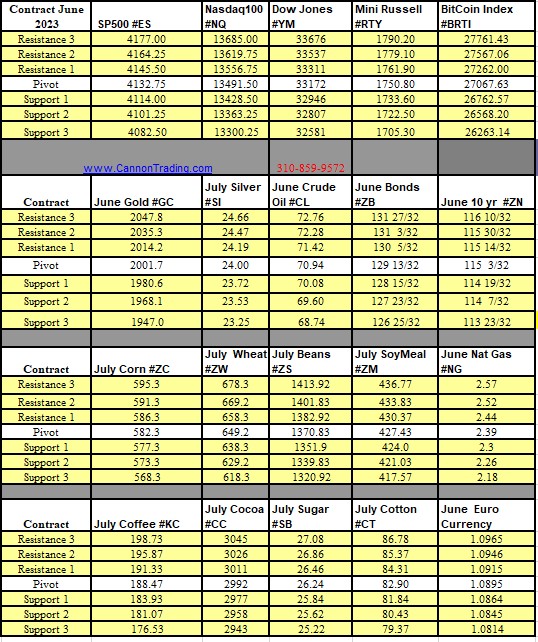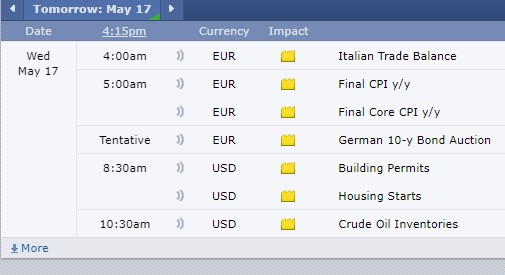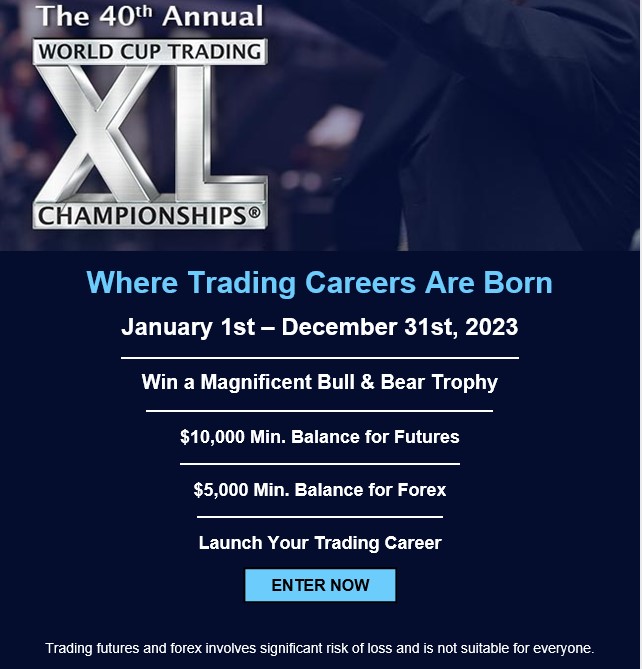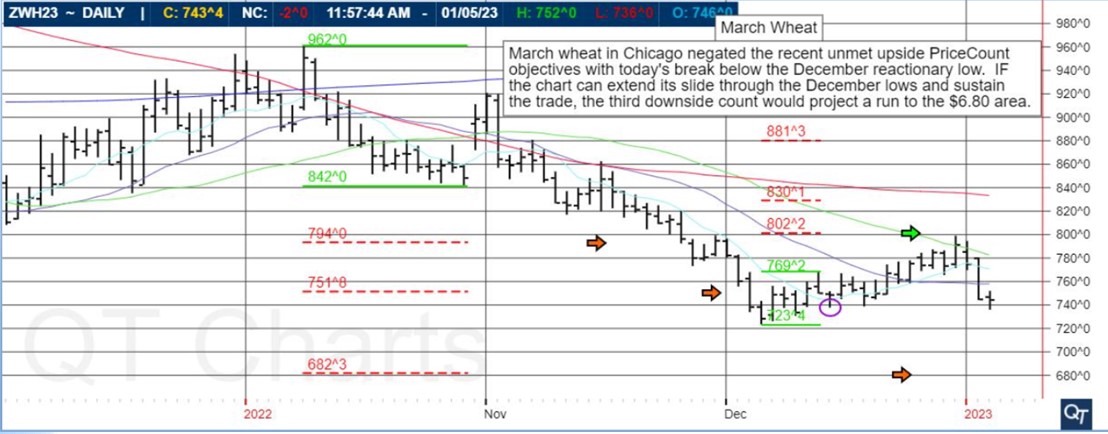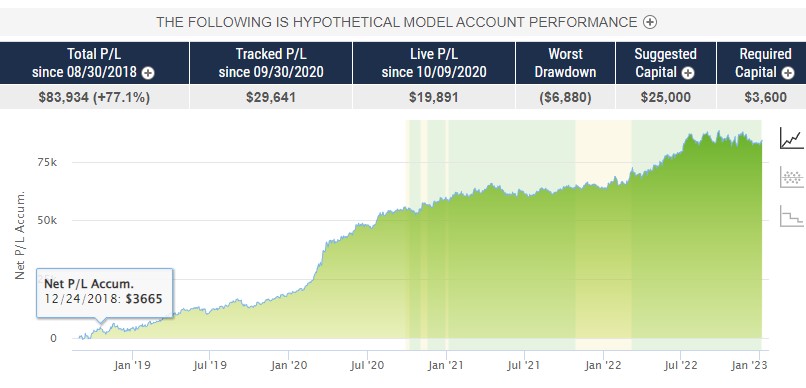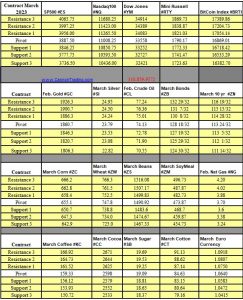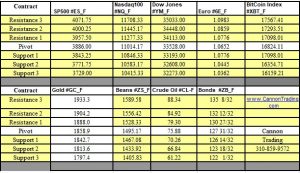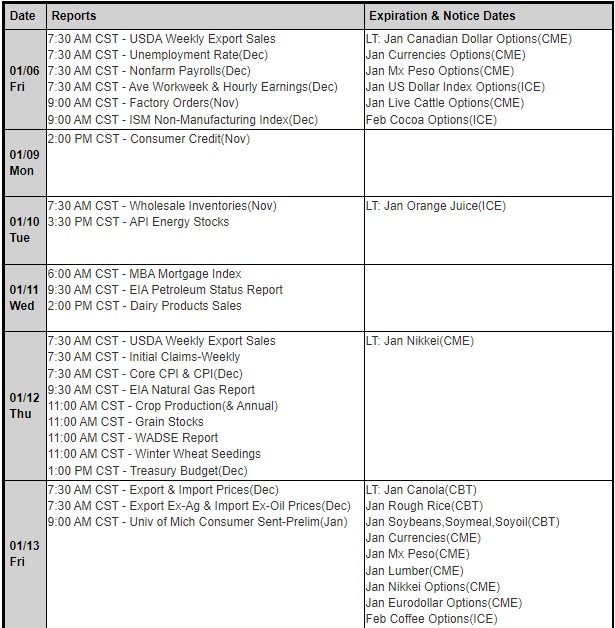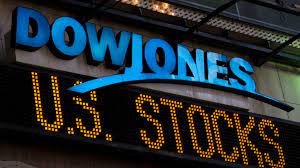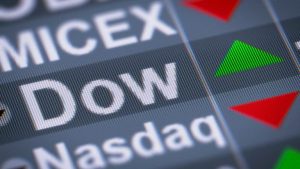The futures trading market, known for its high risk and high reward potential, is not only a game of skill and strategy but also one that requires choosing the right futures broker. For novice and seasoned traders alike, navigating the world of future brokers can be fraught with challenges, especially when determining who to trust. With so much at stake—both financially and emotionally—it is crucial to recognize the signs of a reliable futures broker versus the red flags of an unreliable one. This guide will dive into the top ten signs of a trustworthy broker and the ten glaring warning signs to avoid, drawing on real-world cases, hypotheticals, and practical advice. We will also explore how traders can minimize their risks and why firms like Cannon Trading Company stand out as exceptional choices in the futures trading landscape.
Top Ten Signs of a Reliable Futures Broker
- Regulatory Compliance and Transparency A trustworthy futures broker is always registered with reputable regulatory bodies, such as the Commodity Futures Trading Commission (CFTC) and the National Futures Association (NFA) in the U.S. These registrations ensure compliance with stringent standards. Look for clear disclosures on their website, including license numbers and links to verification tools.
Case Study: A trader working with a broker fully licensed by the NFA avoided significant losses when the broker promptly alerted clients to regulatory changes affecting margin requirements. This transparency showcased the firm’s commitment to protecting its clients’ interests.
- Comprehensive Educational Resources Reliable futures brokers invest in educating their clients. They provide webinars, tutorials, and market analyses tailored to both beginners and experienced traders. Access to free trading platforms for practice is another strong indicator of a broker’s credibility.
Hypothetical: A beginner is torn between two brokers. One offers a free demo account and extensive learning material, while the other provides no educational resources. The beginner chooses the former and gains valuable experience in futures trading without risking real money.
- Fair and Transparent Fee Structures Reputable brokers clearly outline their fee structures, including commissions, margin rates, and withdrawal fees. Hidden charges are a sign of a broker to avoid.
Real Example: Cannon Trading Company is known for its transparency, offering clients detailed breakdowns of trading costs, ensuring there are no surprises.
- Quality Customer Service Trustworthy future brokers provide responsive and knowledgeable customer service, available across multiple channels, including phone, email, and live chat. Look for brokers with highly rated customer support.
Hypothetical: A trader faces a platform error during a critical market movement. The broker’s 24/7 support resolves the issue within minutes, preventing significant losses.
- User-Friendly Platforms A good broker provides intuitive and reliable trading platforms that cater to various levels of expertise. Features like advanced charting tools, real-time data, and easy execution of trades are essential.
Case Study: A trader using a platform provided by a reliable broker successfully executed a stop-loss order during a market crash, avoiding catastrophic losses thanks to the platform’s reliability.
- Access to a Wide Range of Markets Reliable futures brokers offer access to various markets, from commodities and indices to currencies and energy. This diversity allows traders to build robust portfolios.
- Strong Online Reputation High ratings on platforms like TrustPilot and positive reviews across forums and social media reflect a broker’s trustworthiness. Cannon Trading Company, for example, boasts numerous 5-star reviews, highlighting its reliability.
- Risk Management Tools Trustworthy brokers emphasize the importance of risk management by providing tools like stop-loss orders, margin calculators, and alerts.
- Industry Longevity Experience matters in futures trading. Brokers with decades of operation have weathered market changes, proving their resilience and reliability.
Example: Cannon Trading Company, with over 30 years in the industry, has built a stellar reputation for reliability and integrity.
- Ethical Practices Trustworthy brokers never pressure clients into excessive trading, upsell unnecessary products, or promise unrealistic profits. Their goal is long-term partnerships, not short-term gains.
Top Ten Red Flags of an Unreliable Futures Broker
- Lack of Regulatory Oversight Brokers without registration with major regulatory bodies are immediate red flags. Always verify their credentials.
Hypothetical: A trader works with an unregulated broker who disappears overnight with their funds—a devastating yet avoidable situation.
- Unrealistic Profit Guarantees Promising guaranteed returns in futures trading is a major red flag. The futures market is inherently volatile, and no broker can ensure profits.
- High-Pressure Sales Tactics Brokers that pressure clients into making quick decisions or investing more than they’re comfortable with are not to be trusted.
Case Study: A novice trader was persuaded to over-leverage their account, resulting in significant losses when the market turned against them.
- Hidden Fees Shady brokers often bury exorbitant fees in the fine print, from withdrawal charges to “maintenance fees.”
Example: One trader discovered after a year that their broker charged monthly inactivity fees, eroding their profits.
- Poor Customer Support Brokers that are difficult to reach or provide vague responses to inquiries are signs of trouble. A lack of support can be disastrous during market volatility.
- Unreliable Platforms Frequent outages, execution delays, or lack of robust security measures are clear signs of a broker to avoid.
- Fake Reviews and Endorsements Be wary of brokers with overly polished or suspiciously similar online reviews. Genuine testimonials are diverse and specific.
- Limited Account Transparency Reliable brokers offer full visibility into account activity. Lack of transparency may signal mismanagement or fraud.
- Excessive Leverage Offers Brokers offering extremely high leverage may be enticing but are often designed to capitalize on inexperienced traders’ losses.
- Unverified Claims of Longevity Brokers claiming decades of experience without proof or clear histories are likely unreliable.
Navigating Pedestals and Pitfalls as a Beginner
For those new to trading futures, separating the reliable from the questionable can be daunting. Follow these steps to minimize financial and emotional risk:
- Do Your Homework Research brokers extensively. Use resources like the NFA’s BASIC system to verify registrations.
- Start Small Begin with small trades to learn the mechanics of futures trading without risking significant capital.
- Leverage Demo Accounts Take advantage of brokers offering free trading platforms and demo accounts to practice.
- Understand the Market Educate yourself on futures trading, including market terminology, strategies, and risk management.
- Ask Questions A reliable broker will answer all questions openly. If a broker seems evasive, look elsewhere.
- Avoid High-Pressure Sales Walk away from brokers pushing you into decisions without providing ample time for consideration.
Why Cannon Trading Company Excels in Futures Trading
Cannon Trading Company exemplifies the qualities of a reliable futures broker. With over 30 years in the industry, it is regulated by the CFTC and a proud member of the NFA. The company is renowned for its transparency, offering clear fee structures and a range of account options. Its free trading platform allows beginners to learn the ropes without financial pressure, while its exceptional customer service ensures clients receive timely support.
Moreover, Cannon Trading Company’s stellar reputation on TrustPilot, with numerous 5-star ratings, speaks volumes about its reliability. The firm prioritizes client education through webinars and detailed market analyses, enabling traders to make informed decisions. Its dedication to ethical practices and robust regulatory compliance sets it apart in a crowded market.
The future trading market is filled with opportunities, but success begins with choosing the right futures broker. Recognizing the signs of a reliable broker—such as regulatory compliance, transparent fees, and quality support—while avoiding red flags like hidden charges, poor customer service, and unregulated operations can save traders from costly mistakes. For beginners, starting small, asking questions, and leveraging educational resources can help navigate this challenging yet rewarding field. Brokers like Cannon Trading Company stand out for their decades of experience, ethical practices, and commitment to client success, making them a top choice for trading futures.
For more information, click here.
Ready to start trading futures? Call us at 1(800)454-9572 – Int’l (310)859-9572 (International), or email info@cannontrading.com to speak with one of our experienced, Series-3 licensed futures brokers and begin your futures trading journey with Cannon Trading Company today.
Disclaimer: Trading Futures, Options on Futures, and retail off-exchange foreign currency transactions involve substantial risk of loss and are not suitable for all investors. Past performance is not indicative of future results. Carefully consider if trading is suitable for you in light of your circumstances, knowledge, and financial resources. You may lose all or more of your initial investment. Opinions, market data, and recommendations are subject to change at any time.
Important: Trading commodity futures and options involves a substantial risk of loss. The recommendations contained in this article are opinions only and do not guarantee any profits. This article is for educational purposes. Past performances are not necessarily indicative of future results.
This article has been generated with the help of AI Technology and modified for accuracy and compliance.
Follow us on all socials: @cannontrading



